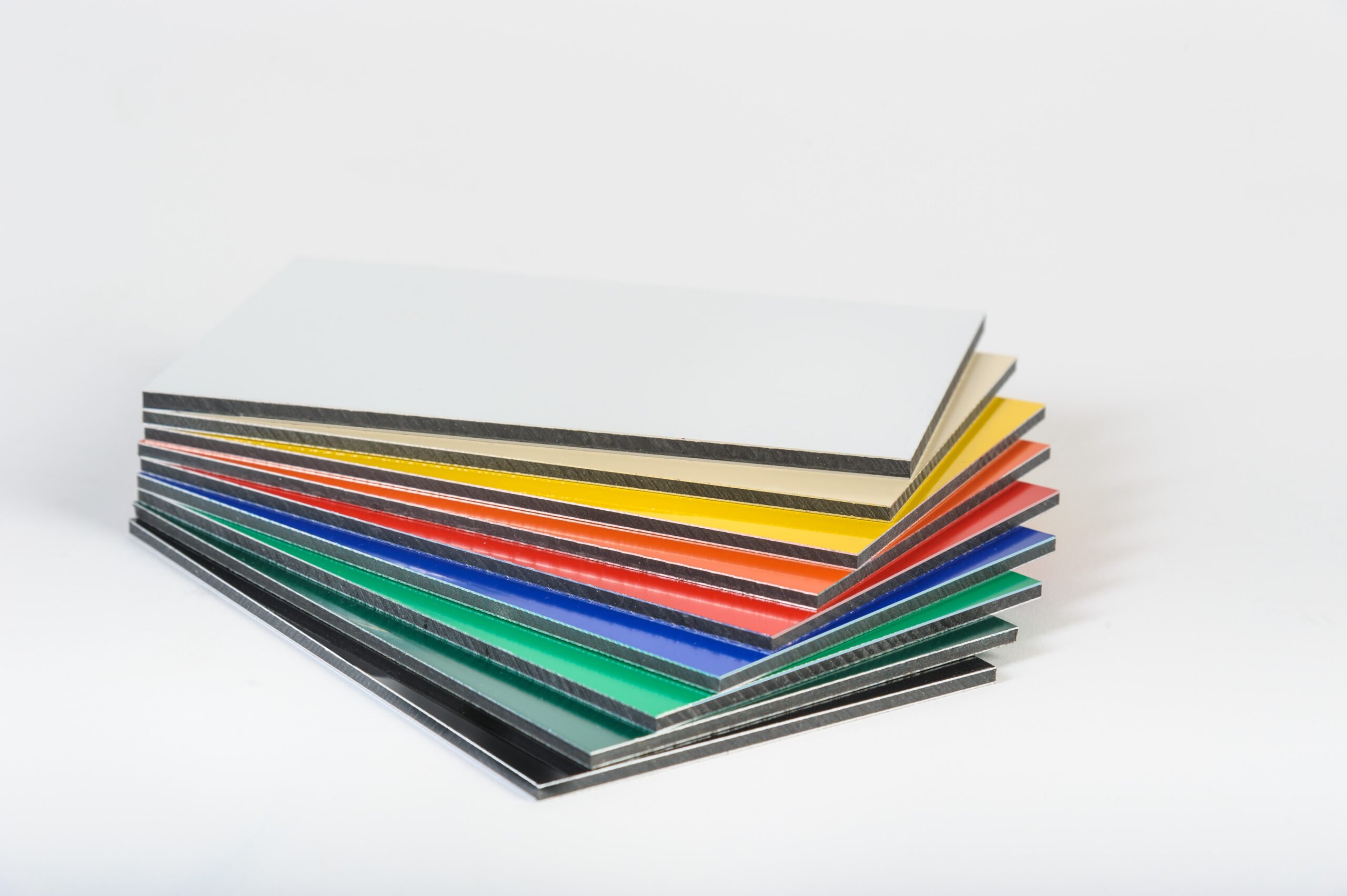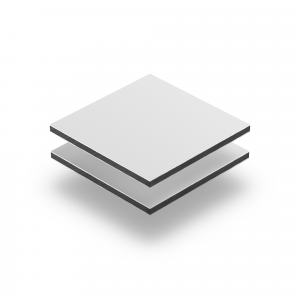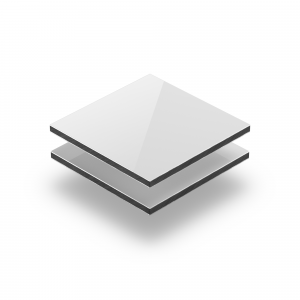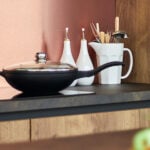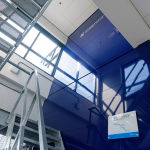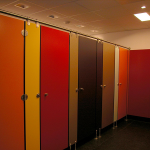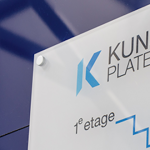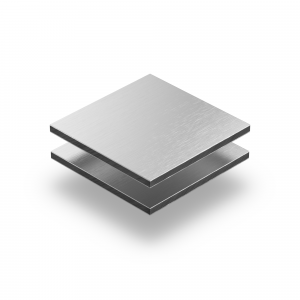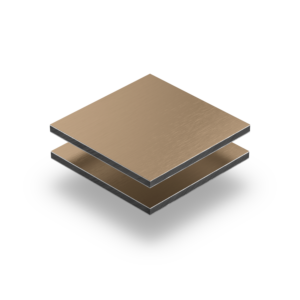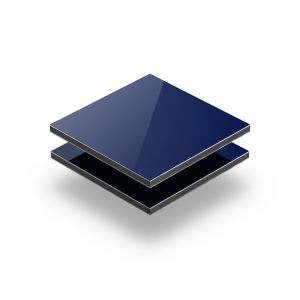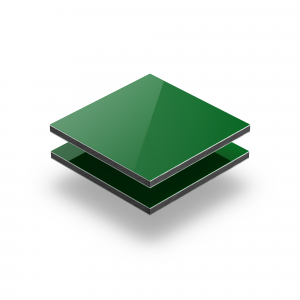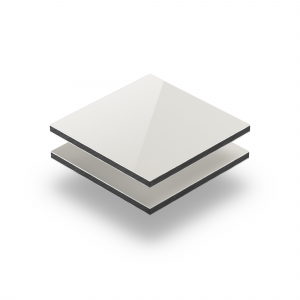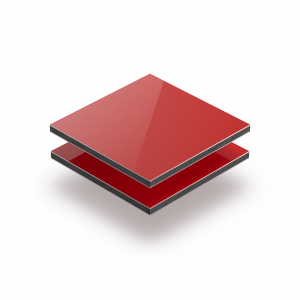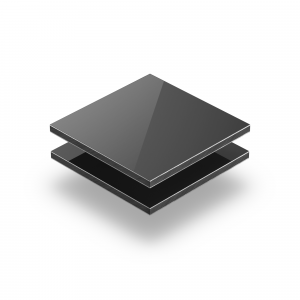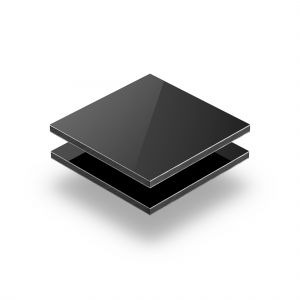What is Dibond® material?
Dibond® is made of a material called an aluminium sandwich board. Dibond®, as the name suggests, consists of three layers. The outer sides are made up of two layers of 0.3 mm thick aluminium, which makes the sheet rigid. The middle layer is LDPE, which is very lightweight. This sandwich construction makes Dibond® a rigid, yet lightweight material.
Ordering customised Dibond®
You can order your Dibond® sheets easily and quickly online. Your order will be immediately sawn or milled to size and delivered to you as quickly as possible.
Why is this aluminium sandwich panel called 'Dibond®'?
Dibond® is simply a brand name of aluminium composite panels. Alupanel, is another type of aluminium sandwich panel. Both the Dibond® and Alupanel house brands that we offer in our range of products are of high quality.
What are the advantages of Dibond®?
Dibond® material is a versatile board, which is both rigid and lightweight, because of the aluminium outer layers and LDPE core. But the material Dibond® has even more advantages and special properties, which include:
What is Dibond® mostly used for?
The Dibond® properties make it suitable for a wide range of applications. The sheet is regularly used by both private individuals and within various industries. Dibond® is often used as an alternative to PERSPEX®️, because the materials look similar from the outside. In the following images, you can see what other handymen have used Dibond® for.
Applications
This panel is UV-resistant, lightweight, easy to print on and process. This combined with the great appearance of the panel, opens up a world of possibilities. That is why you can find these panels used for both indoor and outdoor advertising applications. You will see them used for facade cladding, displays and billboards. This panel is also suitable as a kitchen splashback. ACP/Dibond® will immediately add a stylish look to any room, and it is so easy to apply. Watch our handy video, which explains how to best apply this panel in your kitchen step-by-step.
What are the technical properties of Dibond®?
Dibond® sandwich panels have the following technical properties:
What processing possibilities does Dibond® have?
Dibond® sheets are easy to work with, even for a DIY enthusiast. You can easily cut, mill, paint, glue, drill the Dibond® sheet material – as long as you use good tools. Especially good metal saws and HSS drills. You can read more about making bolt and rivet joints in our blog: Joining Dibond®. It’s also handy to know that because Dibond® material is a lightweight plastic, you don’t need to use much sealant during assembly. This also means that you can dismantle the sheet quite easily. So working Dibond® does not have to be a problem for the DIYer.
Is Dibond® flexible?
Dibond® sheet material is suitable for bending. There are different methods of bending Dibond® to achieve different effects.
Small corner bending
By milling a V-groove in the Dibond® sandwich sheet, Dibond® can even be bent at right angles. Use a circular saw or cutter, both with V-groove of course. After you have made the V-groove, the sheet can easily be bent (by hand).
Wide-angle bending
You can bend Dibond® around a tube to achieve your desired radius. No pre-processing is required for this method.
In what types and colours is Dibond® available?
Dibond® is available in various colours. In addition to Dibond®, you can also choose from the slightly cheaper house brand of Alupanel. Alupanel is also available in different colours.

